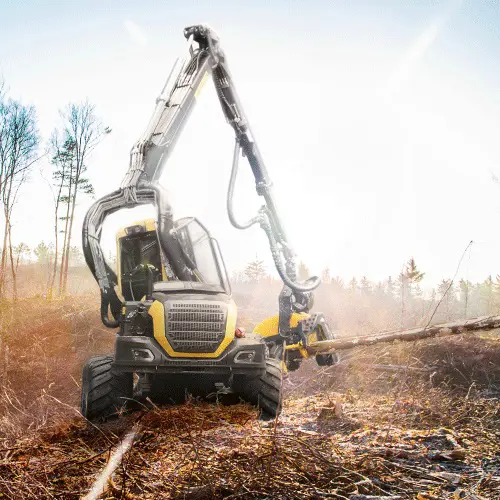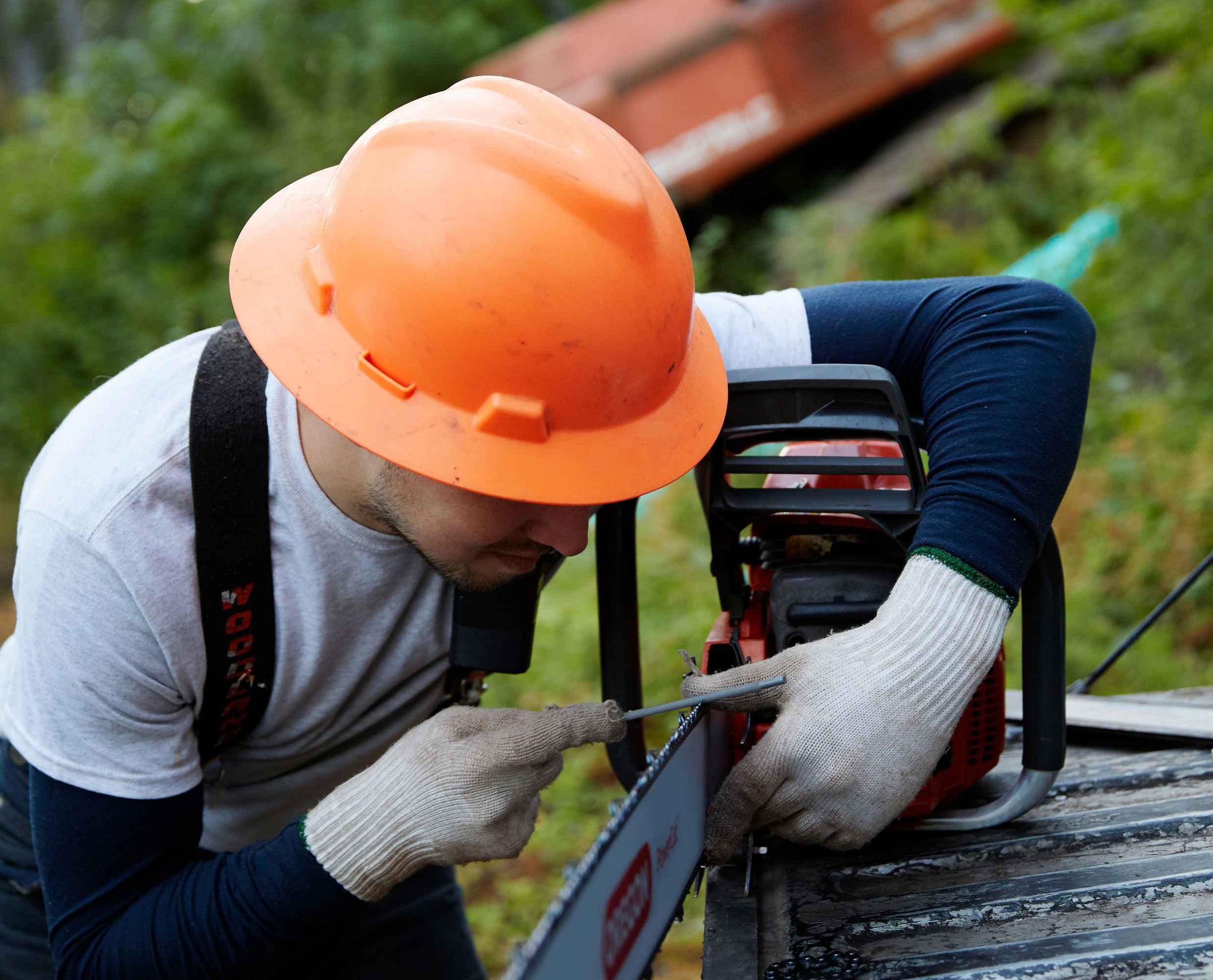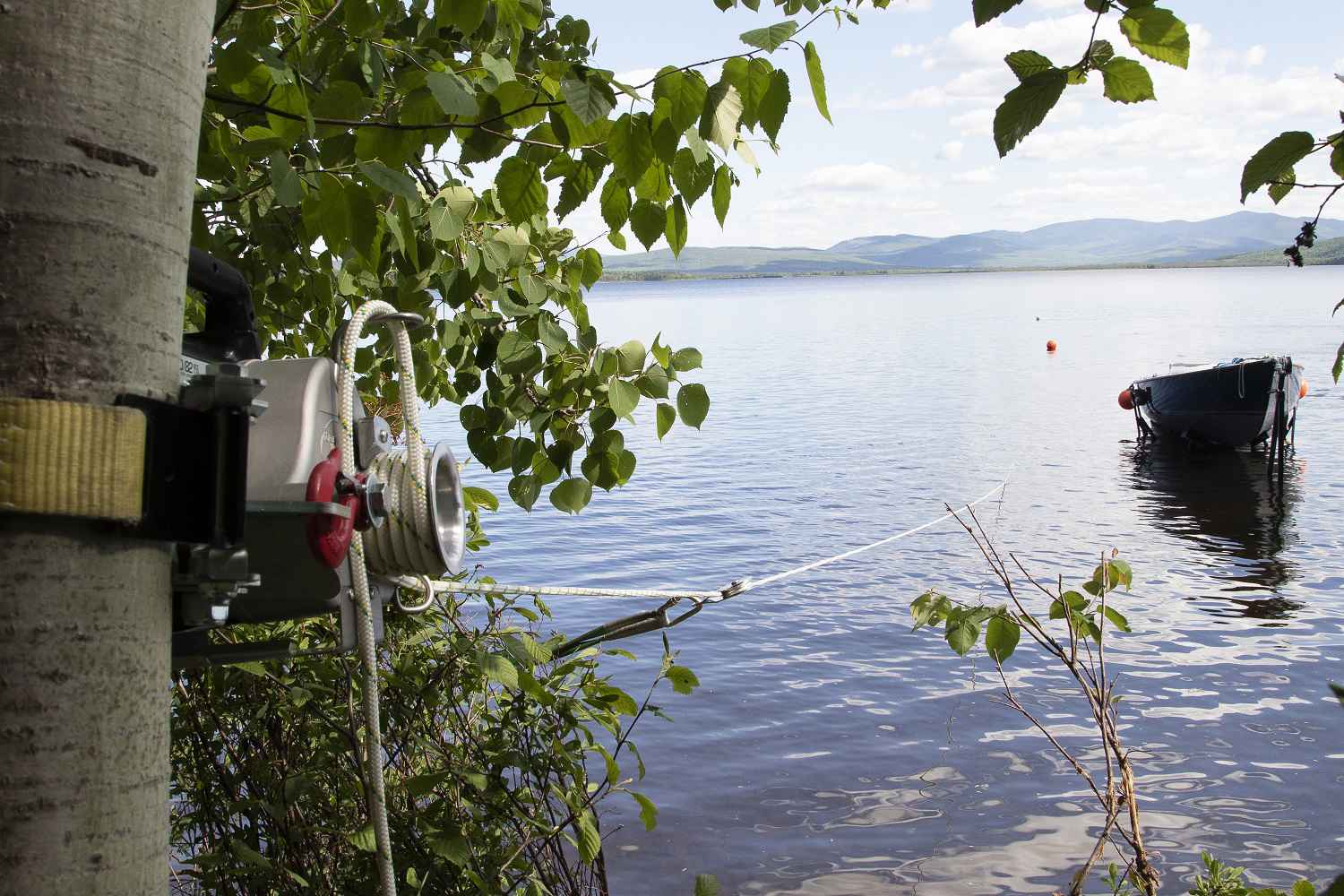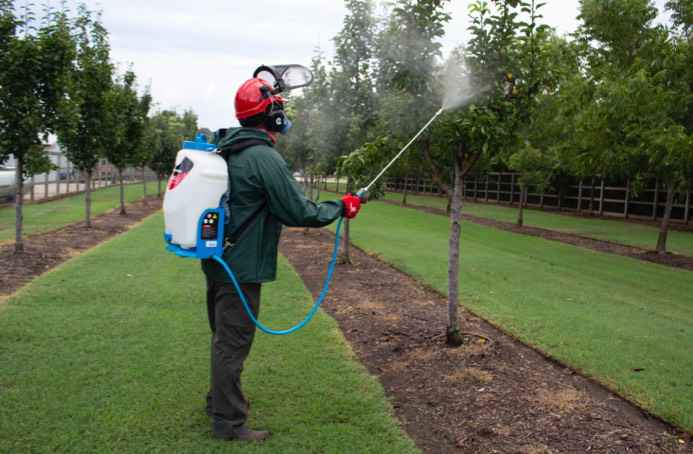- Forestry tips
-
Forestry Harvester Machine - Guide

Forestry Harvester Machine - Guide
Mechanical tree felling, executed with a forestry harvester and its forestry harvester head, is an effective approach to chopping down trees. This process starts from the top and gradually moves down the tree. But what are the key aspects to understand about this forestry machine and the process of mechanical tree felling?
The Advantages of a Forestry Harvester
A forestry harvester is a heavy-duty vehicle specifically engineered to carry a forestry harvester head. This robust machine serves a dual purpose: not only does it fell the tree, but it also sections it into logs, streamlining forestry operations by reducing the need for extra equipment.
Beyond its efficiency, the forestry harvester and the forestry harvester head it transports can lay the chopped wood on the ground, minimizing environmental damage. Whether in urban or rural surroundings, preserving the terrain is crucial. Indeed, when forestry work takes place in forests, the use of a harvester promotes the creation of a natural vegetation carpet.
Furthermore, when felling a tree in a public place, more precautions may be necessary. With its ability to control the fall of the wood, the forestry harvester is perfectly suited to such projects' needs.
The Forestry Harvester in Action
A significant benefit of the forestry harvester is its multifunctional head. This tool is placed at the tree's base, holding it firmly with its drive rollers and mobile blades. The forestry harvester head's blade then severs the tree at the base.
Next comes delimbing, where the mobile blades loosen, allowing the tree to advance between the delimbing blades, propelled by the drive rollers.
Subsequently, logs are cut to the preferred size. The shaping process ends when the trunk's diameter becomes too small. The forestry harvester head rotates to lay the logs on the ground, and finally, the tree's top is laid down.
Safety Measures in Mechanical Tree Felling
Given that mechanical tree felling involves heavy equipment like the forestry harvester, it poses serious safety risks. To ensure the process goes smoothly and safely, it's critical to adhere to several safety rules.
Firstly, movements on the treads or wheels should be limited. Installing steps or a ladder for ground access is essential.
Also, it's advisable to have your hands free when climbing in and out of the cab. Furthermore, movements around the cutting area should be kept to a minimum. Making the toolbox easily accessible greatly contributes to this safety measure. Take a look at our forestry harvesters tools here.





